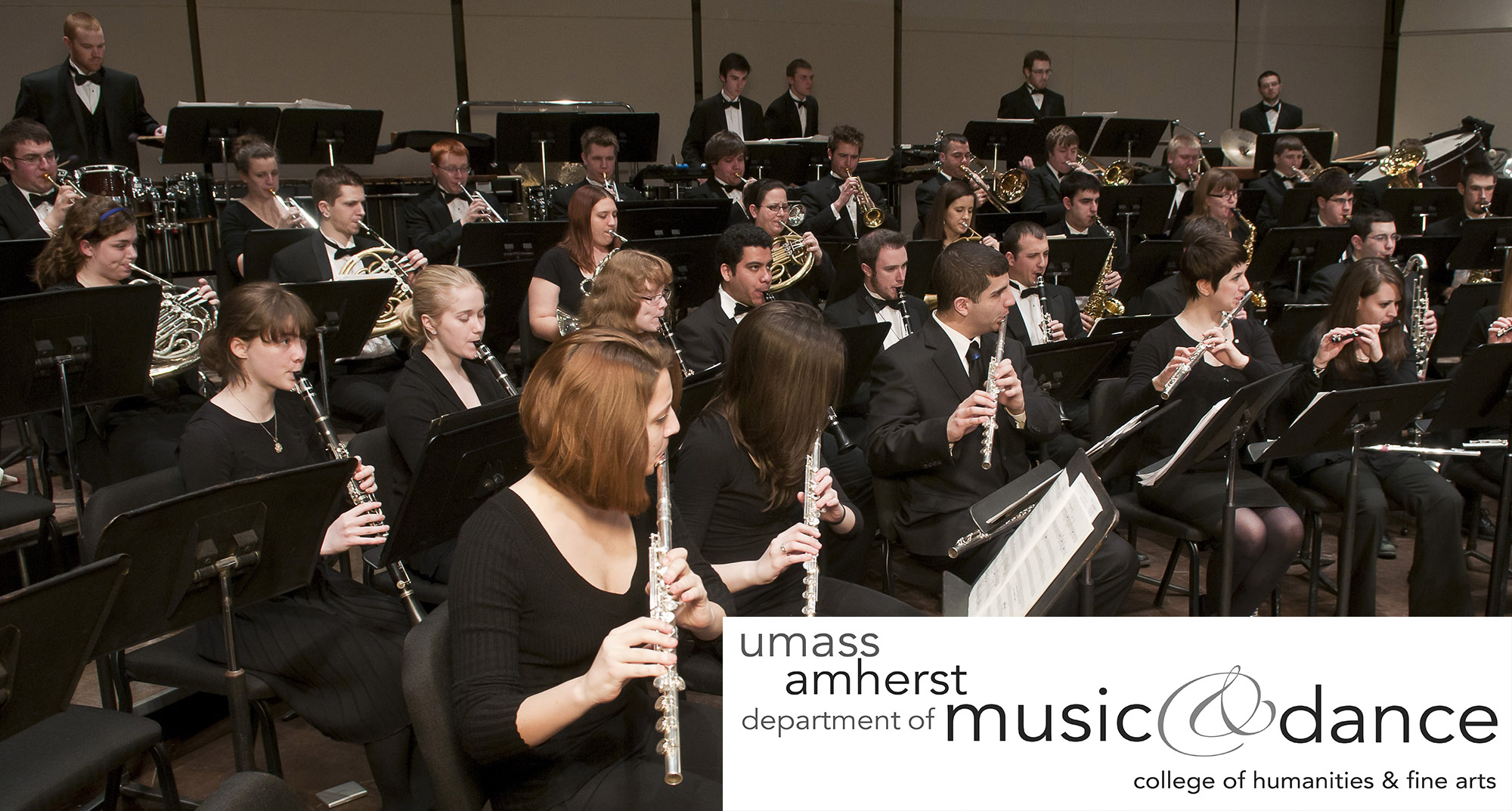Publication Date
2020
Journal or Book Title
Sensors
Abstract
The purpose of this study was to determine the feasibility and validity of using three-dimensional (3D) video data and computer vision to estimate physical activity intensities in young children. Families with children (2–5-years-old) were invited to participate in semi-structured 20-minute play sessions that included a range of indoor play activities. During the play session, children’s physical activity (PA) was recorded using a 3D camera. PA video data were analyzed via direct observation, and 3D PA video data were processed and converted into triaxial PA accelerations using computer vision. PA video data from children (n = 10) were analyzed using direct observation as the ground truth, and the Receiver Operating Characteristic Area Under the Curve (AUC) was calculated in order to determine the classification accuracy of a Classification and Regression Tree (CART) algorithm for estimating PA intensity from video data. A CART algorithm accurately estimated the proportion of time that children spent sedentary (AUC = 0.89) in light PA (AUC = 0.87) and moderate-vigorous PA (AUC = 0.92) during the play session, and there were no significant differences (p > 0.05) between the directly observed and CART-determined proportions of time spent in each activity intensity. A computer vision algorithm and 3D camera can be used to estimate the proportion of time that children spend in all activity intensities indoors.
DOI
https://doi.org/10.3390/s20041141
Volume
20
Special Issue
Machine Learning Methods for Image Processing in Remote Sensing
Issue
4
License
UMass Amherst Open Access Policy
Creative Commons License

This work is licensed under a Creative Commons Attribution 4.0 License.
Recommended Citation
McCullough, Aston K.; Rodriguez, Melanie; and Garber, Carol Ewing, "Quantifying Physical Activity in Young Children Using a Three-Dimensional Camera" (2020). Sensors. 19.
https://doi.org/10.3390/s20041141
